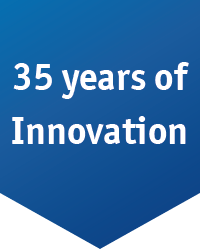Why does a train driver need a mobile data terminal?
Freight transport is always associated with the transport of information. The basis for decisions is information.
Therefore IT solutions are increasingly being introduced into operational and maintenance processes, where the uninterrupted electronic flow of information contributes very significantly to increased efficiency.
Personnel in freight rail transport require up-to-date information to work efficiently. These results from the fact that EVERY procedure in transport logistics and maintenance is always associated with a flow of information. Manual tracking of the flow of information from procedures is prone to error and inefficient. Experiences from different sectors show this.
Great economic potential can be expected from applications which also increasingly integrate information into the logistics process' exchange of information by recording and linking operational data from the means of transport and thus achieve significant improvements in transport and/or maintenance efficiency. At the moment increased efficiency is achieved in particular:
- in material planning and logistics processing,
- when printing braking documents and timetables directly on the train,
- when handling trains on route in single wagon traffic,
- in maintenance and service systems,
- when transmitting GPS location data to determine the location and
compare the timetable, - when acquiring operational data for condition based maintenance and
- with technical alerts about exceeding limits and when transmitting
information from the error memory
The advantages promised to users by using telematics applications are obvious.
A continuous flow of information reduces manual effort in logistics and maintenance processes. Increased availability and utilisation of rolling stock reduces personnel costs and not least increases transport safety.








